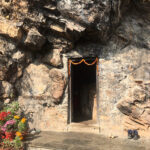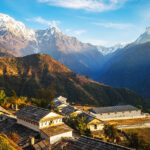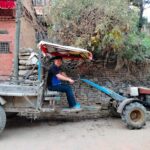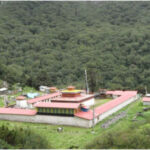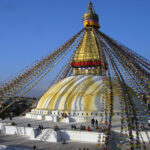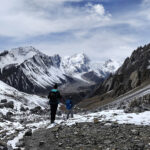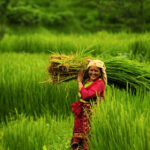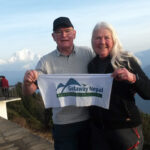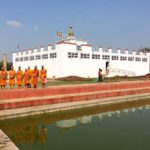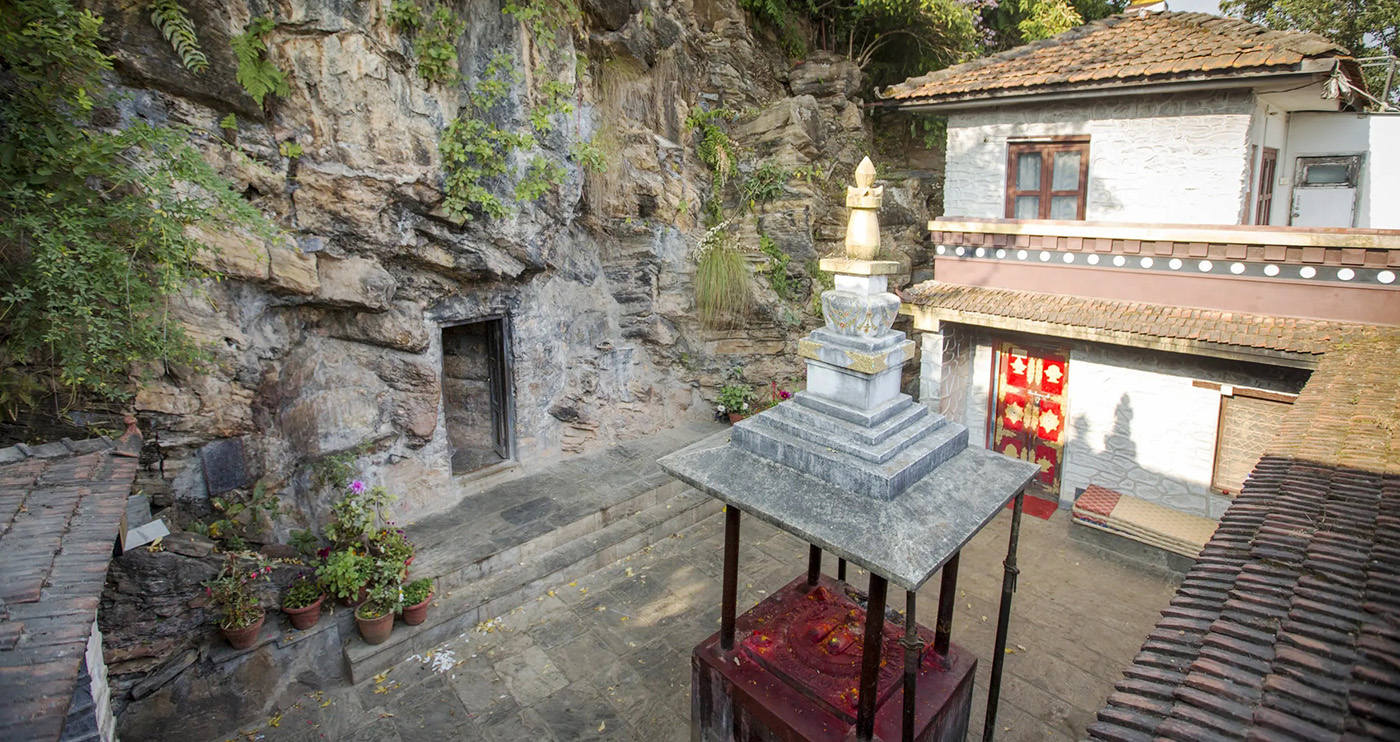
Asura Cave in Pharping – The place of Awakening
Asura Cave – The Sacred Site of Guru Padmasambhava’s Enlightenment
Nestled in the serene hills of Pharping, approximately 19 kilometers south of Kathmandu, lies the Asura Cave—an esteemed pilgrimage destination for Buddhists worldwide. This sacred site is renowned as the place where Guru Padmasambhava, also known as Guru Rinpoche, achieved enlightenment through profound meditation practices. For those seeking spiritual insight or a tranquil retreat, Asura Cave offers a unique blend of historical significance and meditative ambiance.
Historical and Spiritual Significance
Asura Cave, often referred to as the Upper Yangleshö, holds immense importance in Tibetan Buddhism. In the 8th century, Guru Padmasambhava engaged in intensive meditation here, focusing on deities such as Yangdak Heruka and Vajrakilaya. Through these practices, he attained the siddhi of Mahamudra Vidyadhara, marking the cave as a pivotal site for spiritual accomplishment.
The cave’s sanctity is further emphasized by its association with various legends, including the taming of local spirits and the subjugation of the Tenma goddesses, who were bound by oath to protect the Dharma . These narratives underscore the cave’s role as a powerful center for spiritual transformation and protection.
Visiting Asura Cave
Location and Access
Asura Cave is situated above the town of Pharping, accessible via a scenic drive from Kathmandu. The journey offers picturesque views of the countryside, leading to a trail that ascends to the cave nestled amidst a tranquil forest setting.
What to Expect
Upon arrival, visitors can explore the cave’s interior, which houses sacred statues of Guru Padmasambhava, Yangdak Heruka, and Vajrakilaya. A notable feature is a handprint impression in the rock near the entrance, believed by some to be a miraculous imprint left by Guru Rinpoche himself.
The surrounding area is adorned with prayer flags and offers panoramic views of the Pharping valley. Nearby, the Pema Ösel Ling Monastery, established by Tulku Urgyen Rinpoche, provides a space for meditation and reflection.
Best Time to Visit
While Asura Cave is accessible year-round, the optimal times to visit are during the spring (March to May) and autumn (September to November) seasons. These periods offer pleasant weather and clear skies, enhancing the overall experience. Visitors during the monsoon season (July and August) should be prepared for rain and consider bringing appropriate gear.
Nearby Attractions
In addition to Asura Cave, the Pharping area boasts several other sites of interest:
-
Yangleshö Cave: Located below Pharping, this cave is another meditation site of Guru Padmasambhava, associated with his practices on Yangdak Heruka.
-
Vajrayogini Temple: A revered temple dedicated to the goddess Vajrayogini, situated near the caves.
-
Dakshinkali Temple: A significant Hindu temple dedicated to the goddess Kali, located a short drive from Pharping.
-
Pharping Monasteries: Various monasteries in the region offer insights into Tibetan Buddhist practices and architecture.
Travel Tips
-
Transportation: Private vehicles or taxis are recommended for reaching Pharping. Public transportation options are limited and may not provide direct access to the site.
-
Attire: Dress modestly and comfortably, suitable for both temple visits and light hiking.
-
Local Amenities: Pharping offers several restaurants and tea shops where visitors can enjoy local cuisine and refreshments.
-
Guided Tours: For a more in-depth experience, consider joining a guided tour that includes Asura Cave and other nearby spiritual sites.
Conclusion
Asura Cave stands as a testament to Nepal’s rich spiritual heritage, offering visitors a profound connection to the teachings and legacy of Guru Padmasambhava. Whether you’re on a pilgrimage, seeking a place for meditation, or exploring Nepal’s cultural landmarks, a visit to Asura Cave provides a unique and enriching experience.

